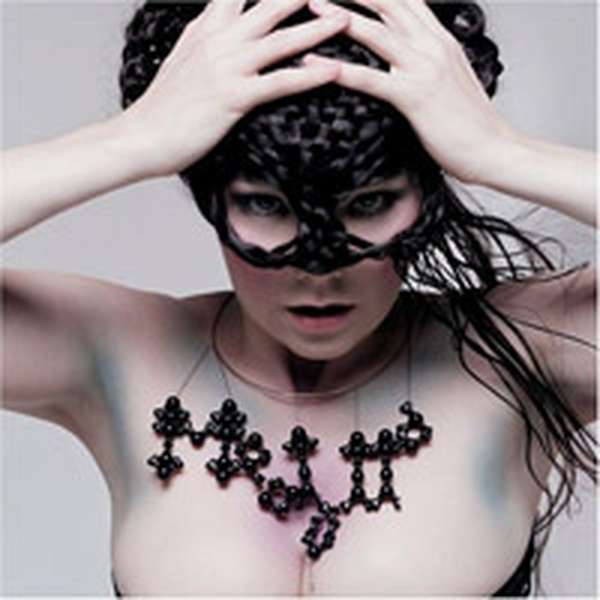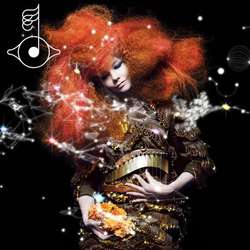Pop music usually isn't something that offers much variety in terms of groundbreaking artistic expression, innovation, and, when it all comes down to it, quality. In the MTV generation of plastic creativity, few dare to venture into the realm of experimentation for fear of losing that ever-so-valuable celebrity clothing line, and dropping off the Top 40 charts. For every Björk, there's a thousand Beyonces or Justin Timberlakes; for every lone creative mind, there's a legion of over-commercialized bastards of ingenuity.
I guess you could compare it to the high-school social system that everyone reading this is or probably was familiar with at one point. To your right, the popular kids, the Abercrombie and Fitch-wearing muttonheads; to your left, the loners, the rebels. While she's no doubt had loads of commercial success, Björk, the rebel, is not afraid to venture off into this "realm of experimentation." Whether it be her artistic twist on punk rock with both Kukl and Tappi Tarass, her obviously original solo career, or even her questionable mode of dress at award shows, she's never exactly "fit in" with the cliches of being your average pop diva.
And I'm sure a lot of her critics assumed she couldn't go any further, but with her fifth solo release, Medúlla, she seems to have done it again. The album features no music, thus making it sound something like listening to a female-fronted a cappella group after a night of consuming copious amounts of hallucinogenic drugs. If there's not a haunting male choir, there's the disturbing sound of panting; all courtesy of multi-tracked performances by Björk herself and the infamous vocal manipulator Mike Patton. Organic percussion is provided by Roots member Rahzel and Japanese beatboxer Dokaka.
"Where Is The Line" consists of some beatboxing, whistles, and vocal accompaniment repeating the title of the track. "Desired Constellation" is a tear-jerking epic with hardly any "music." Björk repeats "How am I going to make it right?", making it one of the more introspective tracks that displays a sad tale of yearning and desire. The album's single, "Oceania," is probably the most memorable. The song, actually written by Icelandic poet Sigurdsson, uses a lot of aquatic imagery. It was written and recorded after the rest of the album specifically for her performance at the Olympics, and said imagery is meant to display how the world should be and how the ocean is, a world without borders. The "natural" music is put together so well that it's hard to even tell that there's no traditional instruments involved.
For the most part, Medúlla is more or less the same Björk we've come to know and love, just without the programmed beats and with a lot of hums, bizarre noises, and "do do do's"." The quality represented in this extremely innovative release also shows that Björk's prepared to take pop, break it wide open, and put it back together. In doing so, she can add to it massive amounts of innovation and a substantial array of artistic merit; throwing away any and all forms of cliché and predictability.


